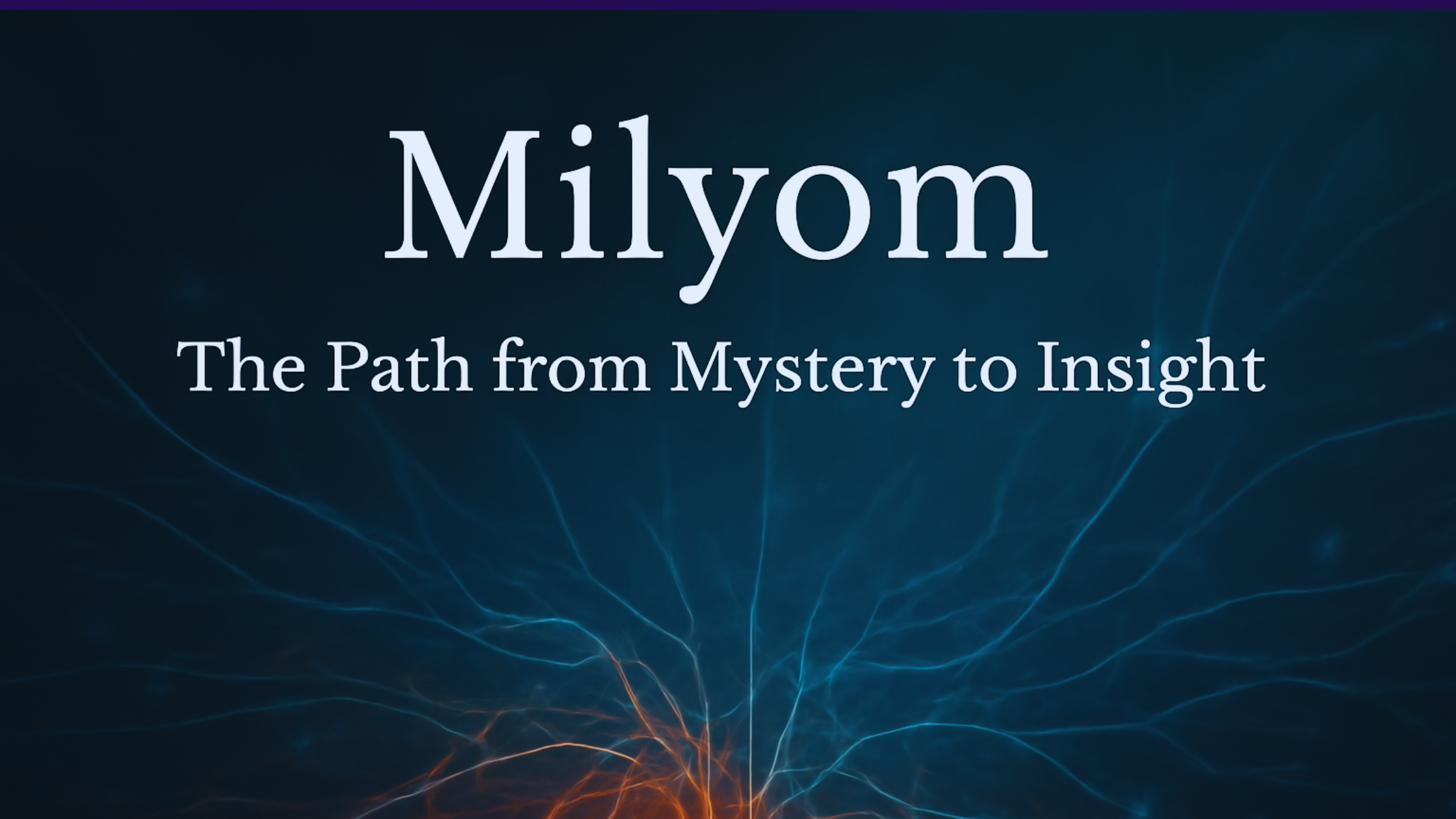Table Of Content
ToggleIntroduction: Welcome to the Age of Agentic and Multimodal AI
In 2025, two buzzwords dominate the tech landscape—agentic AI and multimodal AI. These aren’t just abstract innovations; they are actively transforming how businesses operate, from manufacturing and marketing to logistics and legal sectors. This comprehensive guide will explore the latest agentic AI trends for 2025, dive into the tools shaping the space, and show how long-tail use cases are becoming business essentials.
What Is Agentic AI?
Agentic AI refers to intelligent systems that can perform autonomous, goal-oriented tasks with minimal human intervention. These AI agents simulate decision-making, problem-solving, and workflow execution in dynamic environments. Unlike rule-based bots, agentic AI is adaptive, learning from experience and capable of multi-step actions.
Top Benefits:
- Reduces human workload
- Optimizes operations
- Enhances real-time decision-making
Some industries are already deploying AI agents for business automation and AI agents for IT operations, especially in enterprise systems and cloud services.
What Is Multimodal AI?
Multimodal AI processes multiple data types simultaneously: text, voice, images, videos, and code. Unlike narrow AI models, it mimics human perception more closely.
Key Features:
- Combines image, audio, video, and language understanding
- Powers smarter assistants, automation, and content generation
- Used in content creation, healthcare, education, and marketing
Examples include multimodal AI in enterprise workflows, multimodal AI in retail experiences, and multimodal AI voice assistants.
Use Cases: Where Are These Technologies Applied?
1. Enterprise & Small Business Applications
- Agentic AI systems evaluation improves business logic and KPIs
- Deploying AI agents in the supply chain cuts downtime
- AI agentic workflows for SMEs streamline daily operations
- An AI agent for scheduling tasks helps with calendar optimization
- AI agent for healthcare diagnostics boosts clinical speed
- AI agents in finance models reduce fraud and enhance audits
- An AI agent for legal document review saves time in law firms
- An AI agent for HR automation simplifies onboarding and training
2. Edge Computing and IoT
- Edge computing AI integration enables real-time data processing
- Edge AI for IoT devices is critical in smart homes and factories
- Edge cloud AI latency reduction supports faster computation
- Edge AI in smart manufacturing increases production accuracy
- Edge AI battery optimization makes mobile devices more efficient
- Edge AI for autonomous vehicles improves navigation safety
- Edge computing AI use cases include agriculture and surveillance
- Edge AI for street surveillance aids in innovative city development
3. Cybersecurity and Post-Quantum Protection
- Post-quantum cryptography adoption is vital in national defense
- Quantum-resistant encryption methods ensure data safety
- Quantum encryption cloud services add another layer of protection
- Cybersecurity tools with AI automate threat detection
- Cybersecurity automation with AI helps in 24/7 monitoring
- Cybersecurity risk quantum era planning starts now
- Cyber threats in the post-quantum era are becoming real concerns
- Post-quantum crypto compliance is being enforced in regulated industries
4. Marketing and Content Creation
- Multimodal AI for content creation allows fast, personalized output
- Multimodal AI in customer support enables real-time translations
- Multimodal AI voice assistants answer queries in real time
- Multimodal AI image recognition powers visual searches
- Generating podcast outlines with AI saves prep time
- An AI agent for coding tasks assists in software dev teams
- AI to write cold outreach emails personalizes communication
- Multimodal AI in e-commerce helps shoppers visualize products
Advanced Deployment Strategies for 2025
Cloud vs. Edge: What’s Better?
- Cloud edge AI cost comparison helps businesses choose budget-wise
- Cloud edge hybrid AI use balances flexibility and speed
- Cloud edge AI infrastructure scales enterprise workloads
- Edge AI regulatory compliance is easier for healthcare & finance
- Cloud vs edge AI security remains a key discussion in IT teams
Integration and Scalability
- AI agent orchestration platforms connect multiple tools
- AI agent integration strategy simplifies deployment
- An AI agent integration case study helps in planning
- Deploy AI agents without coding via no-code tools like Zapier
- AI agent onboarding tips assist small teams
Multimodal AI in Everyday Tools
- Text-to-speech AI for business videos helps in YouTube marketing
- Multimodal AI in healthcare imaging helps radiologists detect anomalies
- Multimodal AI for virtual assistants enables real-time, human-like interaction
- Multimodal AI UIs for business are already being deployed in CRMs
- Multimodal AI data requirements include diverse training sets
- Multimodal AI for call centers reduces churn through sentiment analysis
- Multimodal AI for sign language enhances accessibility
- Multimodal AI for satellite imagery detects climate change
- Multimodal AI demo examples are available via OpenAI, Google, and Meta
Ethical & Performance Concerns
- Agentic AI ethical concerns involve bias and misuse
- AI agent data privacy compliance ensures safe data handling
- AI governance platforms 2025 monitor responsible use
- AI agents ‘ compliance frameworks align with global regulations
- AI agent performance KPIs help track output and ROI
- Agentic AI ROI analysis proves value to stakeholders
- Agentic AI monitoring tools ensure uptime
- Agentic AI vendor comparison streamlines procurement
- Agentic AI risk mitigation reduces liability
Preparing for the Future
Future-Proofing Security
- Quantum computing’s impact on security will shake up existing systems
- Quantum encryption for banking is already in beta
- Quantum computing in biotech helps with protein folding
- Quantum encryption in government data ensures national integrity
- Quantum cryptography in data privacy keeps identities safe
- Quantum safe key management secures API endpoints
Training and Education
- Multimodal AI tutorial examples help with onboarding new talent
- Post-quantum crypto education is vital for tomorrow’s cybersecurity leaders
- AI agents’ future predictions for 2025 include even more autonomy
Conclusion: Why Businesses Should Act Now
Agentic and multimodal AI are no longer future technologies; they are today’s reality. Whether you’re a startup or a global enterprise, ignoring them could mean falling behind. From edge computing AI integration to post-quantum cryptography standards, early adoption is the most brilliant move for staying competitive.
In 2025, innovative companies don’t just use AI—they partner with it.
Frequently Asked Questions (FAQs)
1. What is agentic AI, a nd how does it work?
Agentic AI refers to AI systems capable of autonomous, goal-driven behavior with minimal human input. These AI agents can plan, execute tasks, and adapt in real-time, mimicking human decision-making for workflows like automation, customer service, and data management.
2. What are real-world applications of multimodal AI in 2025?
Multimodal AI is widely used in 2025 across sectors like healthcare (e.g, medical imaging analysis), customer service (real-time voice and text support), content creation (AI-generated blogs and videos), and education (language translation and accessibility features like sign language interpretation).
3. How is edge computing changing AI performance?
Edge computing AI integration allows data processing closer to the source (like IoT devices), reducing latency and increasing speed. It’s ideal for smart cities, autonomous vehicles, and real-time factory monitoring.
4. Why is post-quantum cryptography important for businesses?
Post-quantum cryptography protects digital assets against potential quantum computer attacks. Businesses adopt quantum-resistant encryption to safeguard customer data, financial transactions, and national infrastructure from future threats.
5. How can small businesses deploy AI agents without coding?
No-code tools like Zapier, Airtable, and Notion AI allow small businesses to deploy AI agents for task automation, scheduling, customer support, and analytics without programming knowledge.
6. Are there risks with using agentic AI in business?
Yes. Agentic AI ethical concerns include unintended bias, data misuse, and loss of control. That’s why AI governance platforms and compliance frameworks are used to monitor safety, transparency, and accountability.
7. What’s the difference between cloud AI and edge AI?
Cloud AI processes data on remote servers, excellent for storage-heavy and complex models. Edge AI analyzes data directly on local devices, minimizing latency and lowering bandwidth consumption. A cloud-edge hybrid AI strategy is often used to balance power and speed.
8. Can multimodal AI help improve content creation?
Absolutely. Multimodal AI for content creation combines text, audio, and image processing to generate blogs, social posts, podcasts, and videos, making it ideal for digital marketers and influencers in 2025.
9. How is quantum computing affecting AI and cybersecurity?
Quantum computing threatens to break current encryption systems, so quantum encryption and quantum-safe key management are becoming essential. It also accelerates AI model training and simulations in biotech and finance.
10. What industries are leading in agentic AI adoption?
Leading sectors include healthcare (diagnostics, imaging), finance (fraud detection, risk modeling), legal (contract review), manufacturing (smart factories), and logistics (AI supply chain optimization).



